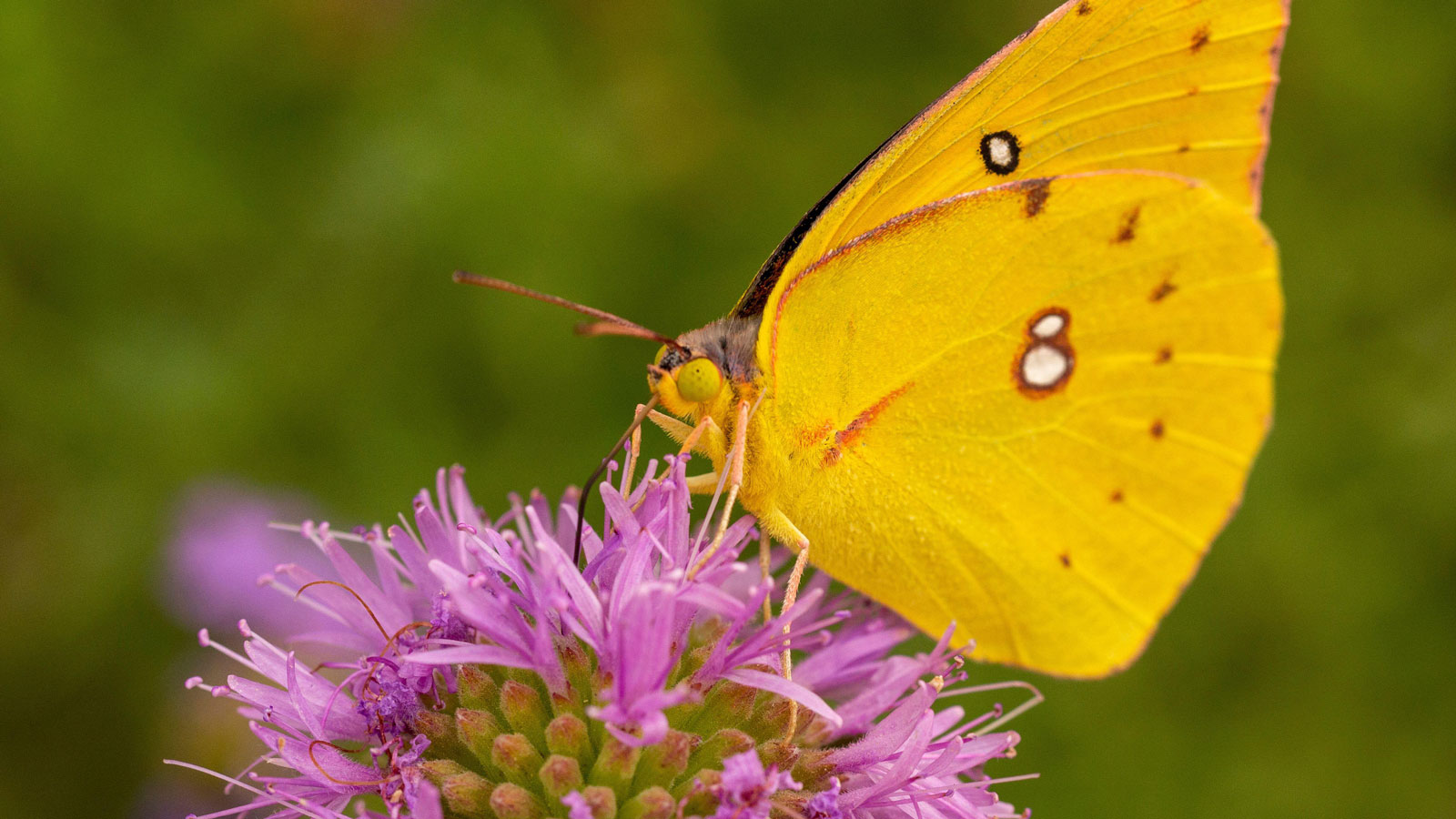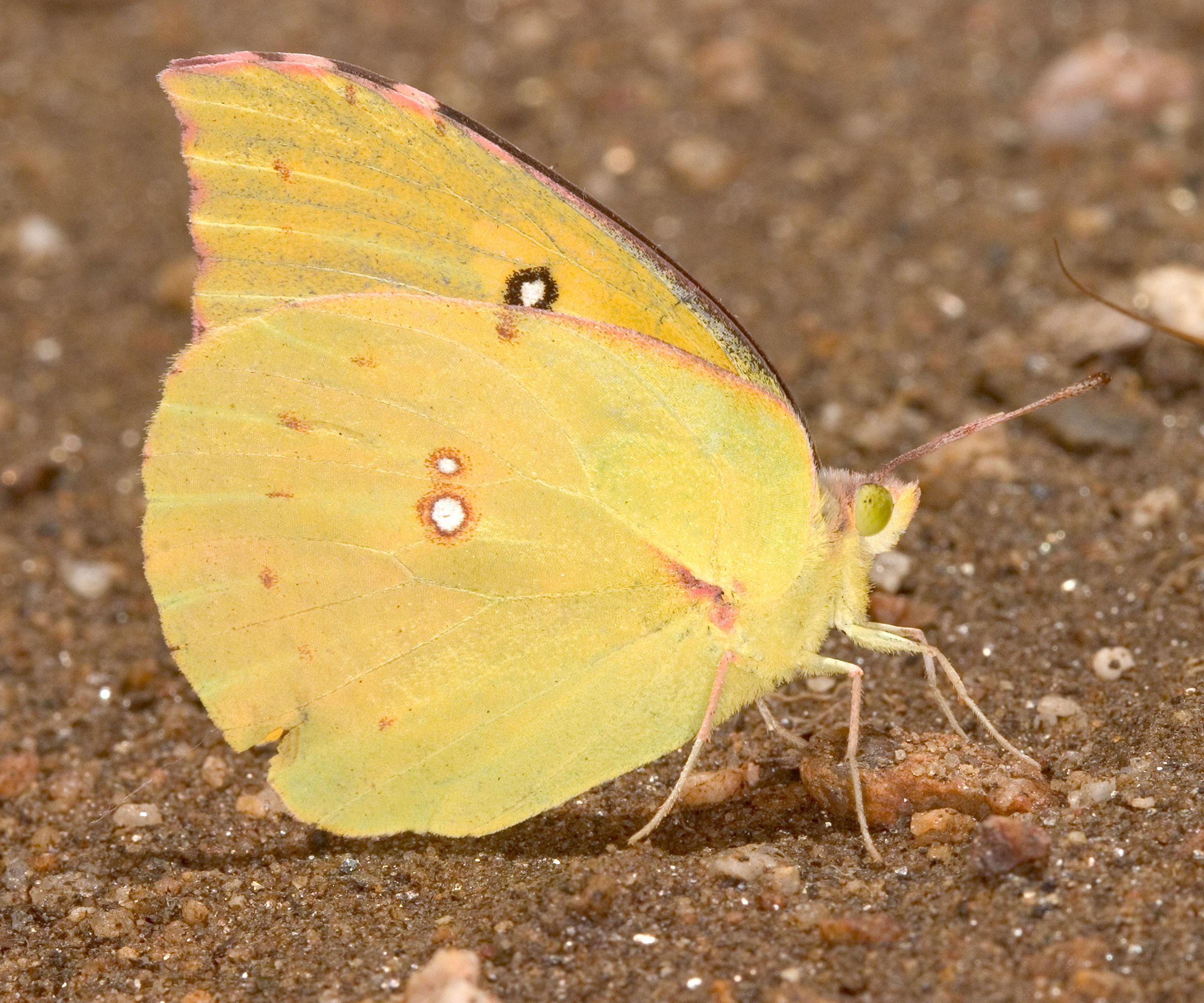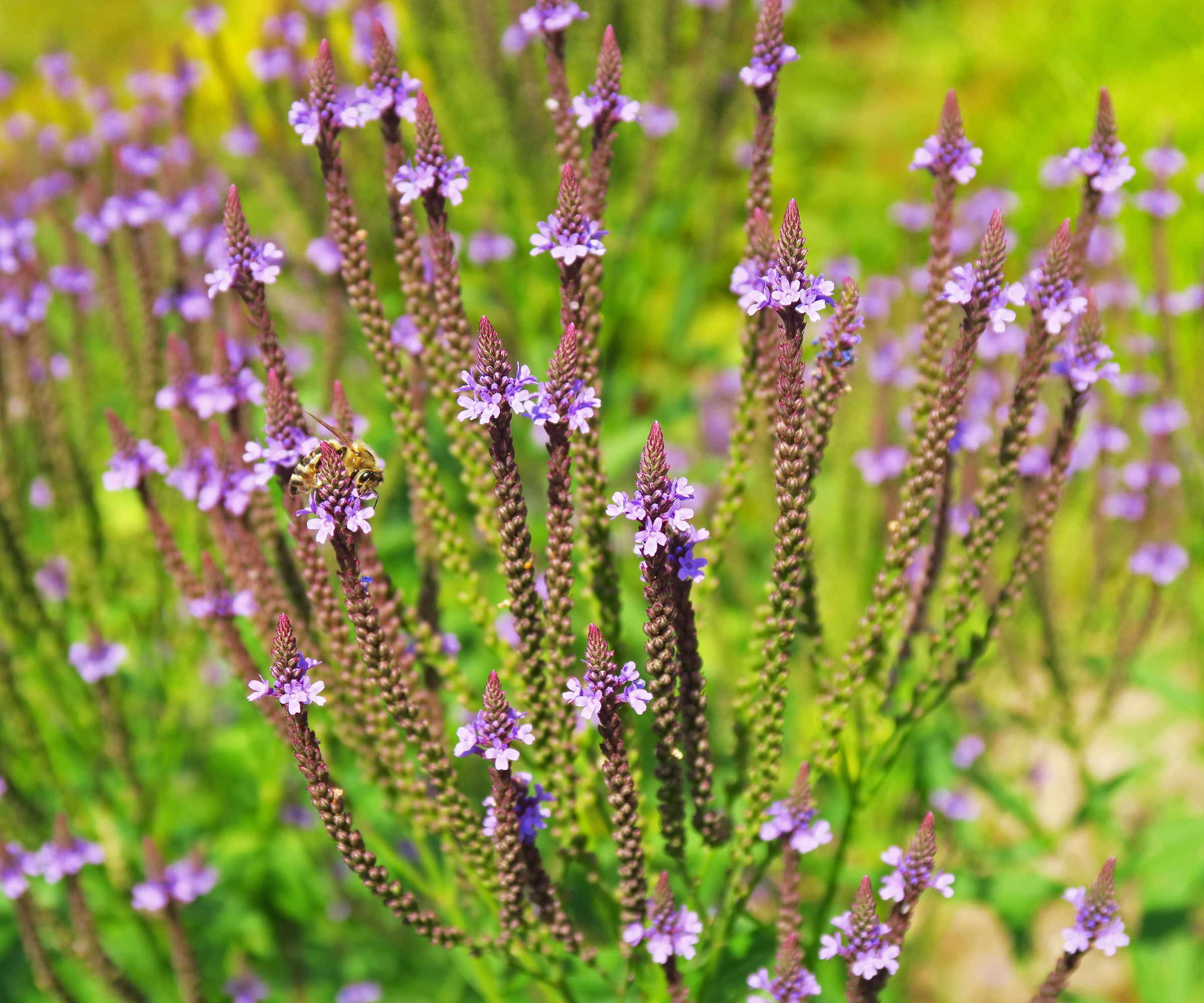Support California Dogface Butterfly: Do More For Zerene Eurydice
Would you like to know how to support California’s state insect? We explain the vital pollinating role of the California dogface butterfly and how to help it in your backyard


Butterflies are among the most beautiful insects on the planet, our ‘flying flowers’ that help pollinate many of our native species. The monarch butterfly is well known, and famed for its long trajectory and diminishing populations. But another butterfly species – the California dogface butterfly (Zerene eurydice) – remains relatively unknown. This is despite its unforgettable name and the distinction it holds of being named California’s official state insect.
This interesting insect is found in the Coast Range and Sierra foothills, as well as the Sacramento area. Like the monarch, the population of this species is diminishing dramatically. Here, we explain why these butterflies matter and how to help support them in your backyards and gardens.
What Does the Dogface Butterfly Look Like?
Relatively few people are likely to spot the California dogface butterfly, which is a shame as it is such a lovely insect. The butterflies don’t hover around garden flowers much, but fly rapidly and stay around 20 feet (6m) off the ground. Of course, they dip lower to visit the flowers of California buckeye and other native plants in the area.
The female forewings look like two yellow autumn leaves, pale and papery, each with a dark spot. Meanwhile, the hind wings are yellow. The males are sometimes called flying pansies, given the dark forewings with their orange-yellow marking. This marking is said to resemble a dog's head in silhouette, although you might have to squint to make it out. The male’s hind wings are orange and yellow.

Why the Dogface Butterfly is Important to California
If you are wondering why the dogface butterfly is important to California, the word to remember is pollinator. Butterflies are right up there with bees as the top pollinators, and the California dogface butterfly is no exception. So if you are interested in creating a pollinator garden and you live in the right place, these winged beauties are well worth encouraging.
This butterfly’s favorite food is nectar from plants in the mustard family, and it serves as a major pollinator for these species. It is also an important pollinator for other California native plants, including the California buckeye tree, thistle shrubs and tall blue verbena.
Understanding the Life Cycle of the Dogface Butterfly
The life cycle of the dogface butterfly starts with the same old story: the males set out to find females, and insert their sperm into the female’s mating tube. Females lay pale eggs on the foliage of their host plant, the false indigo (Amorpha californica). The eggs turn crimson as they mature, then hatch into larvae.
Sign up for the Gardening Know How newsletter today and receive a free copy of our e-book "How to Grow Delicious Tomatoes".
The butterfly larvae eat the leaves of indigo plants. They are the same greenish hue as the foliage of this plant, and this helps camouflage them well. In time, they metamorphose into adult butterflies and feed on the nectar of native plants. This cycle is repeated in two brooding periods: one between April through July, and another between August and October.
Plants You Can Grow to Attract the Dogface Butterfly
Gardeners who love California native plants will want to assist the dogface butterfly to survive and thrive. The best way to do this is by adding their favorites to backyard beds. You can help the dogface butterfly to survive by adding its best host plant – the false indigo plant – to your garden. Dogface butterflies lay their eggs on the plant and the larvae feed on the leaves.
Other California plants provide nectar to the adult butterflies. These include the California buckeye (a magnificent shade or ornamental tree for a large backyard) and plants in the mustard family. Thistles are also nectar plants for this butterfly, as is tall blue verbena (also known as blue vervain). These butterflies show a preference for purple blossoms – so when in doubt, plant natives with purple flowers.

Protecting and Supporting the Dogface
Every species of plant and animal on earth is valuable, even if their value to humans has not yet been recognized. That insect, plant or reptile we devalue might have held the secret to fighting cancer or stopping climate change, had we given it proper time and attention. So it pays to protect and support all types of native life.
The California dogface butterfly deserves this general protection simply because it is a native insect to the Golden State. But its value as a pollinator is already proven. That makes supporting its viability as a species especially critical. One way gardeners can do this is to encourage its host plant as well as its food sources. Another is by eliminating the use of chemicals and toxins in the landscape.
Frequently Asked Questions
What are the Predators of the Dogface Butterfly?
In this dog-eat-dog world, it’s no surprise that the dogface butterfly has predators, and a lot of them! Their danger list includes little insects like ants, spiders, wasps, parasitic wasps and parasitic flies, as well as larger predators like birds, rats, toads, lizards and snakes.
What is the Rarest Butterfly in America?
The dogface butterfly is rare and its population is diminishing, but it is not the rarest butterfly in California or in America. The very rarest is difficult to determine, but the Xerces Society for Invertebrate Conservation lists some of the most at-risk butterflies and moths in North America.

Teo Spengler is a master gardener and a docent at the San Francisco Botanical Garden, where she hosts public tours. She has studied horticulture and written about nature, trees, plants, and gardening for more than two decades, following a career as an attorney and legal writer. Her extended family includes some 30 houseplants and hundreds of outdoor plants, including 250 trees, which are her main passion. Spengler currently splits her life between San Francisco and the French Basque Country, though she was raised in Alaska, giving her experience of gardening in a range of climates.